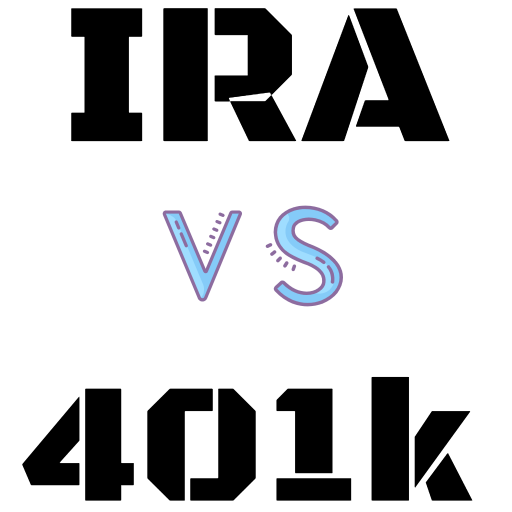
My column on the basics of required minimum distributions generated a lot of additional questions. Here are a few of the most common I received.
If I have more than one retirement account, do I have to take the RMD from each account or can I mix and match?
The required minimum distribution on all types of accounts subject to RMD is calculated separately for each account and must come out of said account unless an exception applies. The most commonly used exception is for IRAs. The RMD for an IRA can be taken from that IRA or any of your other IRA accounts if you have more than one IRA account. This exception applies to traditional IRAs, SEP-IRAs, SIMPLE-IRAs and SAR-SEP IRAs.
For example, say you own personally two 401(k)s, a 403(b), a Roth IRA, an IRA, and a SEP-IRA. The RMD for 401(k) No. 1 must come from 401(k) No. 1. The RMD for 401(k) No. 2 must come from 401(k) No. 2. The RMD for the 403(b) must come from the 403(b). The Roth IRA is not subject to a RMD. The RMD for the IRA can be added to the RMD for the SEP-IRA and that combined total can be taken from either the IRA or the SEP-IRA or any combination of the IRA and SEP-IRA accounts.
Note, in the above example, there is only one 403(b) account but if there were more than one, the same aggregation ability just described for IRAs also applies. The RMD for all the 403(b) accounts can come from any one or combination of the 403(b) accounts.
What about Inherited IRAs?
Inherited IRAs are not your personally owned accounts and are not eligible to be aggregated. You cannot use a distribution from an Inherited IRA to satisfy the RMD on any of your personally owned IRAs. Inherited IRAs have their own requirements which differ from personal IRAs.
Can I take more than the RMD in a given year?
Yes. The “M” stands for “minimum.” You can take any amount over the minimum you wish and pay the taxes accordingly.
If I take more than the minimum from an account can I apply that to next year’s minimum?
No. However, if you take more than the minimum this year, your RMD next year will be smaller because your balance on Dec. 31, 2021 will be lower than if you had not taken the additional distribution.
Can I convert my RMD to a Roth IRA?
No. Only after you have satisfied the required minimum distribution, may you convert additional funds.
If you are going to do a conversion from an IRA to a Roth IRA, should you make your RMD before the conversion?
You don’t really have a choice. Required minimum distributions come out first because the IRS deems every dollar that comes out of an IRA as part of the RMD until the RMD is satisfied. Because a RMD is not eligible for rollover or conversion, many financial institutions won’t even process a conversion unless the RMD has been satisfied or the IRA owner attests that the RMD was met via distributions from a different IRA.
I don’t need my RMD and I don’t want to pay the taxes. Any way out of it?
If you have a charitable inclination, you can donate to 501(C)(3) public charities directly from an IRA. These qualified charitable donations (QCD) count toward your RMD. Each taxpayer can donate up to $100,000 per year and the donations will not be included in taxable income.
Am I required to take a RMD if I continue to work?
Yes. A required minimum distribution is required from every retirement plan or IRA you have even if you work — with two exceptions.
- No RMD is needed from your Roth IRA if you have one. A Roth account in other retirement plans like a 401(k) or 403(b) is subject to RMD even if working however…
- If the 401(k) or other retirement plan at your employer has the applicable language in its plan documents and you do not own 5% or more of the company, you may be able to skip RMDs out of that 401(k) account until the year you retire. Contact your benefits department or the Summary Plan Description to see if the plan has that provision.
If they raise the RMD age to 75, will I be able to skip my RMD for 2021?
Raising the starting age to 75 came up last year and has bipartisan support again in 2021. The bill currently in Congress raises the age to 75 in stages. No one knows exactly what lawmakers will or will not get passed into law but when the age changed from 70 1/2 to 72, those that were subject to RMD by virtue of already being 70 1/2, had to continue taking RMD even if not yet 72.
If you have a question for Dan, please email him with “MarketWatch Q&A” on the subject line.
Dan Moisand’s comments are for informational purposes only and are not a substitute for personalized advice. Consult your advisor about what is best for you. Some questions are edited for brevity.
